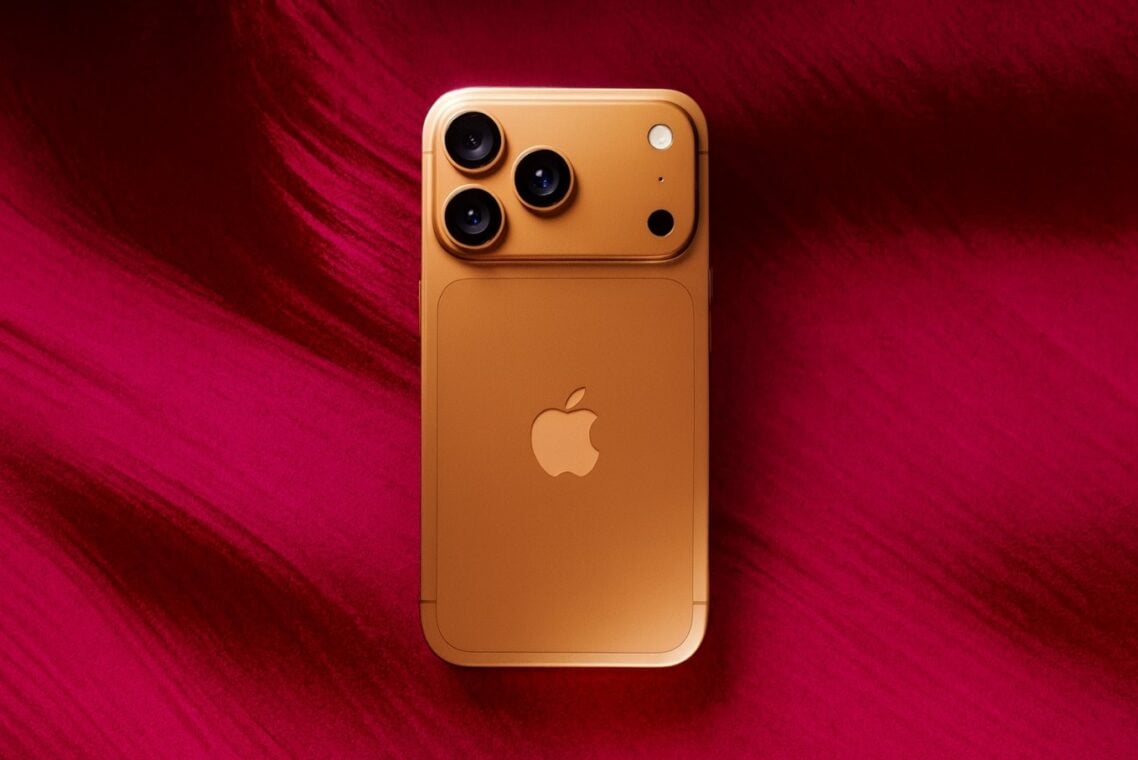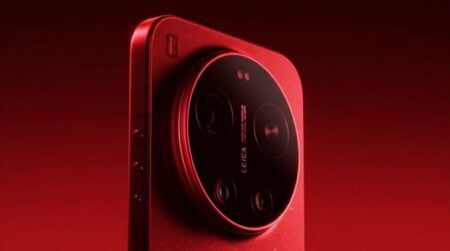The long wait for a flagship Apple feature may soon be over. For years, Android users, particularly those with Samsung Galaxy devices, have enjoyed the convenience of reverse wireless charging, a tool for powering up accessories on the go. New industry reports suggest Apple is poised to bridge this gap, with the upcoming iPhone 17 Pro models expected to include this highly anticipated capability, marking a significant shift in the company’s strategy.
How Does Reverse Wireless Charging Work on a Smartphone?
Reverse wireless charging, often branded as PowerShare or similar terms, transforms a smartphone into a portable charging pad. The technology leverages the phone’s internal battery and its standard Qi wireless charging coil, but reverses the power flow. Instead of receiving energy from a charging mat, the phone transmits a small electrical charge to any compatible device placed directly on its back glass. This feature is designed for emergency top-ups of smaller gadgets like wireless earbuds, smartwatches, or even another smartphone, providing a crucial lifeline when a traditional power source is unavailable. For the feature to work optimally, devices must be aligned correctly and often require a case to be removed to ensure efficient energy transfer.
A New Chapter for iPhone Charging Capabilities
The integration of reverse wireless charging into the iPhone 17 Pro and Pro Max would represent a major hardware and software achievement for Apple. Rumors indicate the system will support charging at up to 7.5 watts, a speed sufficient for efficiently powering accessories like the Apple Watch and AirPods charging case. This move aligns Apple more closely with competitors like Samsung, which introduced its Wireless PowerShare feature in 2019. While Apple previously experimented with related technology through its MagSafe Battery Pack, that accessory required a wired connection to a power source to function in reverse. This new implementation would be fully wireless and integrated directly into the iPhone’s core functionality, offering users unprecedented flexibility.
The Competitive Landscape and User Impact
The adoption of this feature highlights the ongoing competition and feature cross-pollination within the smartphone industry. Samsung has long touted its reverse charging capability as a key differentiator for its Galaxy S and Z series. By incorporating it into the iPhone, Apple is not only catching up to a popular utility but also enhancing the ecosystem lock-in for its users. The ability to charge one’s Watch or AirPods with an iPhone strengthens the practical benefits of owning multiple Apple products. It provides a seamless, cable-free solution for users deeply invested in the Apple ecosystem, ensuring their essential devices remain powered throughout the day.
**The potential addition of reverse wireless charging to the iPhone 17 Pro series signals Apple’s responsiveness to user demand and competitive trends, finally offering a versatile power solution that Galaxy users have enjoyed for years. This evolution in iPhone functionality promises to make our digital lives more interconnected and convenient than ever before, ensuring your essential gadgets never run out of juice. Keep an eye on official announcements for confirmation this fall.**
Must Know
What is reverse wireless charging?
Reverse wireless charging is a smartphone feature that allows the device to act as a wireless charging pad, transmitting power from its own battery to charge other compatible accessories like earbuds or smartwatches simply by placing them on its back.
Which Samsung phone first had reverse wireless charging?
Samsung first introduced its Wireless PowerShare feature with the Galaxy S10 series, which was launched in early 2019, making it a standard offering on its flagship models for several years.
Can the current iPhone 15 charge other devices?
No, the current iPhone 15 models do not have the hardware capability to perform reverse wireless charging. This functionality is widely expected to debut with future models like the iPhone 17 Pro.
What can you charge with reverse wireless charging?
You can typically charge any device that supports the Qi wireless charging standard. This most commonly includes wireless earbuds cases, smartwatches, and other smartphones. Smaller accessories are ideal due to the limited power output.
Is reverse wireless charging bad for your phone’s battery?
When used occasionally, reverse wireless charging is not detrimental to your phone’s battery health. Modern devices are designed to handle the energy transfer efficiently. However, frequent use can contribute to a faster overall drain on your phone’s battery cycle count.
iNews covers the latest and most impactful stories across
entertainment,
business,
sports,
politics, and
technology,
from AI breakthroughs to major global developments. Stay updated with the trends shaping our world. For news tips, editorial feedback, or professional inquiries, please email us at
[email protected].
Get the latest news and Breaking News first by following us on
Google News,
Twitter,
Facebook,
Telegram
, and subscribe to our
YouTube channel.




